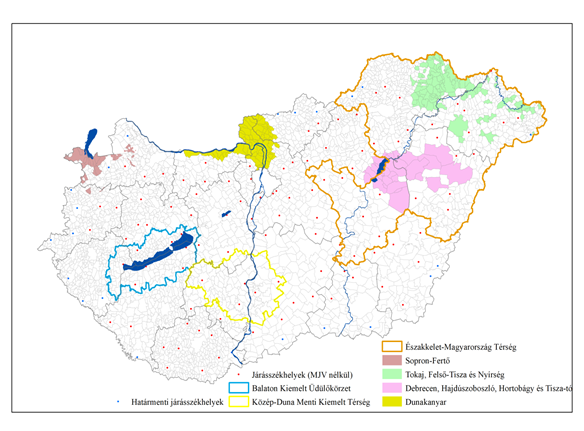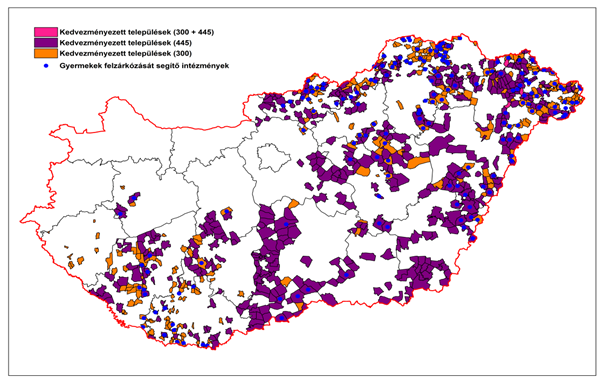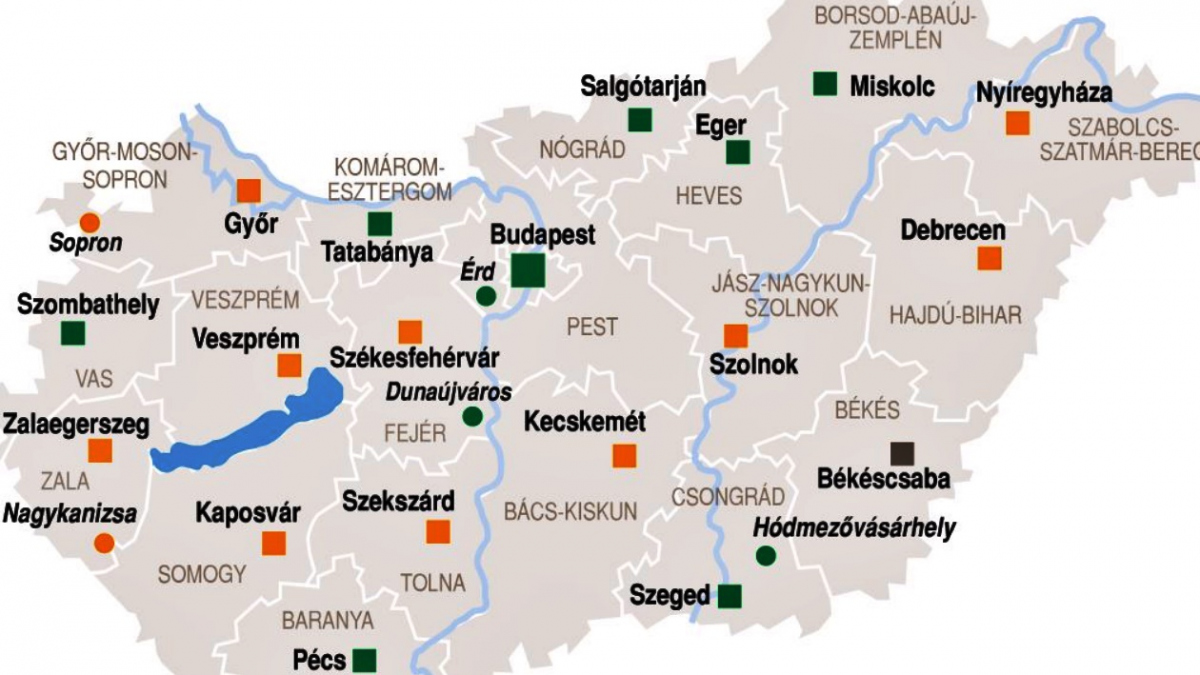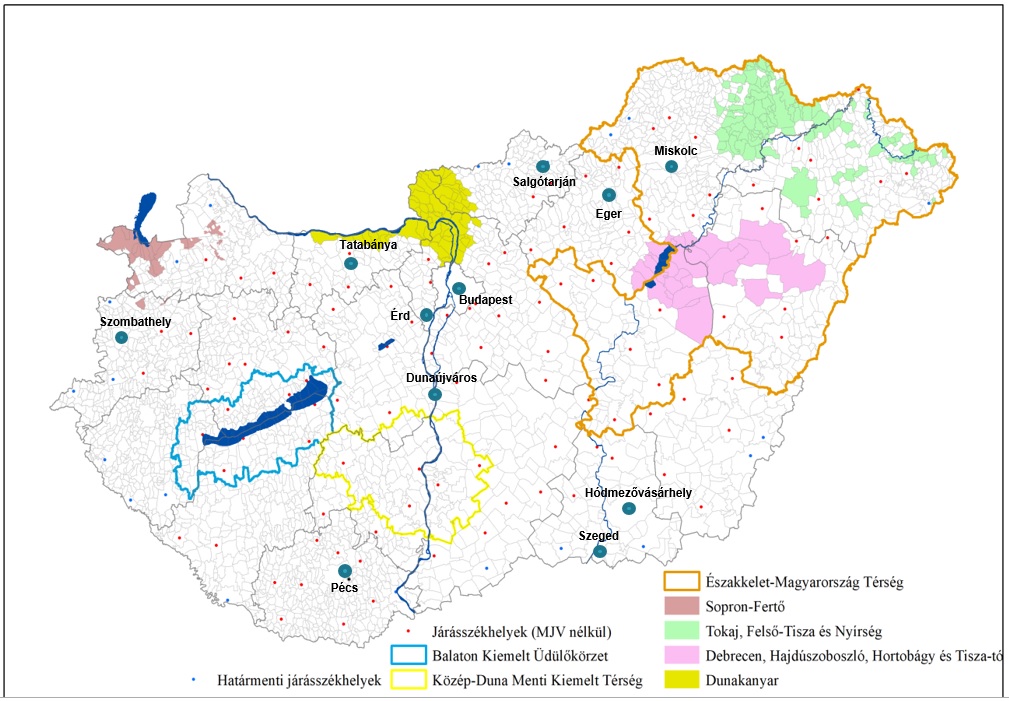Cutting EU funds: Budapest is not the only target
Daily newspaper Népszava wrote in an article on the 13th, January that, based on documents in its possession, the government’s proposed structure of using EU resources will open a way to redirect funds from the capital. In reaction to this news the government started beating around the bush. According to the official government website “the government did not make any decision on the use of the resources of the next financial cycle.” Balázs Fürjes, Minister of State for Budapest and the Capital’s Metropolitan Area, straight-out called the news a huge lie and fake news, and denied that any such decision, document or proposal had ever been made. However, a government proposal on the use of EU funds after 2020 does exist; so much so that the government today tries to discredit Népszava’s article as well as the concerns of the capital alluding to the very document they denied and called fake news and non-existent just a day before. In order for this debate to be based on actual facts, I hereby publish the presentation, which – as opposed to the statements of the pro-government origo.hu news portal – the government presented before the European Commission on the 10 th of December, 2019, and which also came into my possession.
From this presentation, not only is Népszava’s intelligence confirmed, i.e., the target areas for development are nowhere near Budapest, and the fact that the so-called Integrated Territorial Investment within the three operational programs mentions Budapest doesn’t make much of a difference either, as there is no sign whatsoever as to how much funding the capital would receive; within the three operational programs this would solely and completely depend on the government’s intentions, which confirms our earlier concerns that instead of systematic, predictable and reliable funding, the amount of resources provided to the capital will eventually depend on the government’s good will. The situation, however, in fact is much more serious. On slide 9 of the presentation there is a map of “development areas”.

It is hard to trace any logic on this map. We could assume that developments would be concentrated in the poorest regions, but as the other map of the slide showcases, development areas are completely unrelated to the most lagging regions. The majority of Nógrád county as well as the entirety of Heves, Baranya and Somogy counties and the Southern Great Plain are all missing from the map, even though the proposal’s own map enlists areas in these regions as areas in need of development.

It does, however, cover several highly developed regions, such as Sopron and the environment of Lake Balaton as well as some parts of Fejér and Komárom-Esztergom counties. Therefore, the theory about lagging areas isn’t a coherent one. Okay, then it must be touristic developments (based on the priorities of the proposal). But then again, Budapest, Hungary’s most important tourist destination, is missing from the map, as well as Pécs (The European Capital of Culture in 2010), Eger and Szeged. And certainly, no professional concept can be identified behind the Priority Region of the Central Danube (Közép-Duna Menti Kiemelt Térség).
There is logic to this story, however; and we should begin right with this last item: the expansion project of the Paks Nuclear Power Plants lies in the Priority Region of the Central Danube, and the government will use this trick to direct EU funding to the project which is otherwise ineligible for EU funding, thus channeling EU money into the collateral investments of the project indirectly. The Tokaj-Hegyalja region is dense with Orbán-interests; the area of Lake Balaton was systematically bought up by the wider family: István Tiborcz and Lőrinc Mészáros. Here, EU funds are essentially targeted to the Orbán-family. The objective of developing the city of Debrecen and its neighborhood to counterweigh Budapest is no secret. Only Sopron sticks out somewhat from the touristic development targets, and Fidesz’s support is quite strong in the city, but this applies to a number of other rural cities as well. We can risk saying that this is the Orbán family’s next target for territorial expansion, which they will stuff out with EU funds in the future as was showcased by the investment in Fertőrákos, conducted in the usual Fidesz pace.
There is logic in the formation of the other development areas as well, which we will immediately see if we take a look at the cities with county rights, in which the opposition won during the 2019 municipal elections, and draw them on the map of development areas.


With the single exception of Miskolc, all of the cities with county rights led by the opposition (as well as Békéscsaba, led by an independent mayor, where Fidesz does not have majority) fall out of the circle of the seemingly completely arbitrary development areas. The system filters out these cities in multiple steps. The first filter is targeting the most underdeveloped areas (which could be a supportable objective per se, had the funds from the past 10 years been actually helping the development of these regions and not the enrichment of Viktor Orbán’s Circle of Friends). Cities are automatically left out from this type of funding due to the typically higher local development indicators. This is what then becomes the basis for the government to create arbitrary development regions, in which they carefully omit opposition cities but include quite a few Fidesz-led county seats (Debrecen, Nyíregyháza, Szolnok, Szekszárd). The touristic regions also include Esztergom, which, after the loss of Tatabánya to the opposition, will now certainly become more valuable in the eyes of Fidesz strategists, as well as Sopron, which stands as an alternative development area before the re-election in Győr, which has an uncertain outcome. Lastly, making small towns to become service providers to stand as an individual pillar by itself will help Fidesz-led small towns, that are now excluded by the system, become available for EU funding.
Of course, this system does not mean the cutting of resources per se. Only practice will show how funds will be allocated throughout the country. It is, however, quite certain that the proposed system is perfectly eligible for pushing opposition-led cities out of EU development targets. And if there is anything we have learned since 2010 is that if Fidesz finds an opportunity to deform the political sphere, it will sure deliver on it. We cannot be naïve;
that would be suicide now.
A bejegyzés trackback címe:
Kommentek:
A hozzászólások a vonatkozó jogszabályok értelmében felhasználói tartalomnak minősülnek, értük a szolgáltatás technikai üzemeltetője semmilyen felelősséget nem vállal, azokat nem ellenőrzi. Kifogás esetén forduljon a blog szerkesztőjéhez. Részletek a Felhasználási feltételekben és az adatvédelmi tájékoztatóban.



